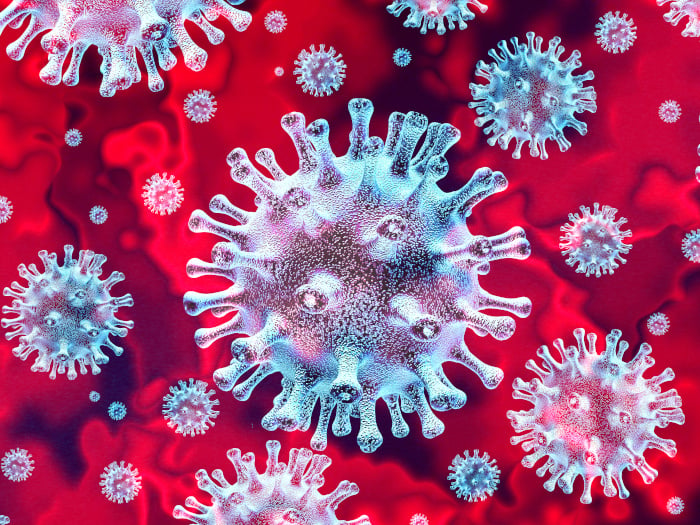One of the commonly held believes regarding COVID-19 is that it is less active in high temperatures and high humidity. A recent American study, published in Clinical Infectious Diseases, validated this belief, but only to a certain extent. The researchers found that the disease does indeed decline with increasing temperatures up to 52 degrees Fahrenheit. However, this association was quite small and transmission remained high even at warmer temperatures. [1]

Do cases of COVID-19 lower under high temperatures? Photo Credit: Shutterstock
To study the association, the team from Mount Auburn Hospital picked COVID-19 cases from 22nd January to the 3rd of April this year. They analyzed this data by cross-referencing it with daily precipitation, maximum temperature, and UV Index. To assess transmission lags, the team performed a sensitivity analysis at 3 days, 7 days, and 9 days.
The team found that when the temperature was greater than 52 degrees Fahrenheit, the number of new cases dropped at 5 days. The association with new cases at 5 days was inversed when the temperature was below 52 degrees Fahrenheit. The team predicted that the rate of new cases would lower for states where the maximum temperature stabilize above 52 degrees Fahrenheit. Higher UV index was also associate with lower number of cases. The team did not find any association with precipitation. The team concluded that although incidences of the disease declined at higher temperatures, there was no clear association between temperature and transmission, which remained high even when it was warmer.
COVID-19 is an emerging, rapidly evolving situation.
Get the latest public health information from CDC.
Get the latest research from NIH. [2] [3]
